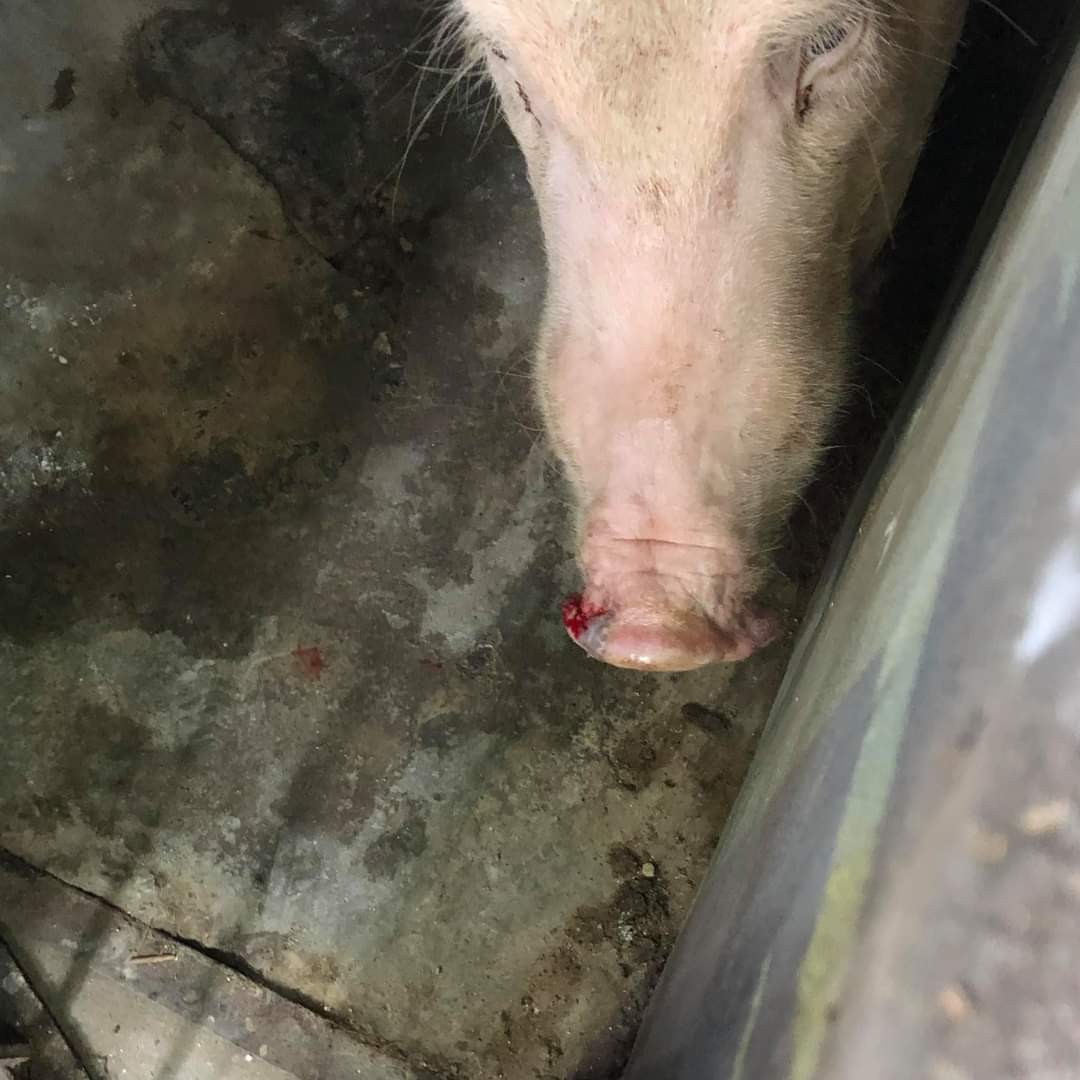Foot and Mouth Disease (FMD ) in Pigs
Dr Parvinder Kaur Lubana
Veterinary Parasitologist,NRRDL, Jalandhar
This disease can affect all pigs. The key clinical signs include lameness vesicles and blisters; salivating pigs. This disease is notifiable – contact your vet and local authorities if you believe this disease is affecting your herd.
Background and history
FMD is a vesicular disease.
There are four vesicular diseases of pigs which are difficult or impossible to differentiate clinically.
FMD, swine vesicular disease (SVD), vesicular exanthema (VES) and vesicular stomatitis (VS). Of these, FMD is the most widespread .
Clinical signs
Sudden widespread lameness.
Salivation
Blisters or vesicles are evident on the skin of up to 30mm in diameter. Common sites are:
top of the claws;
heels
nose
lips and
teats of recently farrowed sows.
Within 24 hours many of the vesicles will burst.
On the lips and teats they may leave shallow erosions but on the coronets of the feet secondary infection and trauma may convert them into raw jagged-edged ulcers.
Inappetence.
Depression.
Fever of about 105ºF)
Thimbling (complete loss of hooves).
Abortion in sows.
Death in severe cases.
Piglets:-
Increased morality (this is often the first sign).
Cardiac arrest.
Boars:-
May stop serving sows.
Lameness.
Diagnosis:-
from clinical signs and laboratory diagnosis.
Sample collection :-
Blood , vesicular fluid or swabs of fluid and skin of vesicles.
Laboratory test :-
Tests called ELISAs are used for virus identification and if it is FMD they also indicate what serotype it is. The virus may also be grown in cell culture and the identification confirmed by other tests. A molecular genetic test called a PCR (polymerase chain reaction) may also be used to ‘fingerprint” the virus.
Causes
FMD is cause by a picornaviridae aphthovirus. There are 7 main serotypes: A, O, C, Asia 1. There are also many strains within serotypes. Careful selection of the strains for incorporation in vaccines is essential to ensure they are effective.
Prevention
Vaccination
1).In endemic and high risk areas routine vaccination may be practised mainly to protect the breeding stock.
2).Most FMD vaccines are produced in cell suspension cultures and inactivated by ethylenamine derivatives. An adjuvant is added to make them more potent. Oily adjuvants are used in swine.
3).Vaccination in pigs is problematical. This is because protection is short-lived lasting only about six months.
4).It is also partly because there are seven serotypes of FMD and protection against one leaves animals susceptible to the others. Vaccines must be multivalent (several serotypes) in most endemic regions.
Since FMD is largely a winter disease, vaccination should be carried out in the autumn.
Basic biosecurity
Basic biosecurity measures are important in helping to minimise the spread of disease. The following procedures could help to reduce the risk:
Standardise pig movements and keep to an absolute minimum.
People and vehicles are a potential source of potential contamination.
Only allow essential visitors on to the farm and provide your own boots and clothing at the entrance.
Limit the movement of people between buildings as much as possible.
Place foot dips at all entrances, service and feed delivery points. Use an approved disinfectant at the correct dilution.
Review all cleaning and disinfection procedures. Only allow cleaned and disinfected vehicles to visit your farm.
Adopt special precautions at loading ramps.
Clean all pens thoroughly. These should be disinfected and dried between pig groups.
Use the following protocol for cleaning swine facilities:
Soften dirt and manure in heavily soiled areas using a low-pressure water spray. Leave to soak for a few hours.
Once softened, use high-pressure sprays (750 psi to 2,000 psi preferred) to remove all the dirt and organic material.
Spray the ceiling first, then the walls and finally the floor.
Use sprayers and nozzles that allow you to wash hard-to-reach areas, including the undersides of troughs, feeders and flooring
Thoroughly disinfect (NOTE: Disinfectants only work on clean surfaces).
Disinfectants work best at temperatures above 18°C (65°F),
Apply the disinfectant with pressure (ideally through pressure washer) to force disinfectant into pores, cracks and crevices.
Treatment
There is no treatment.


